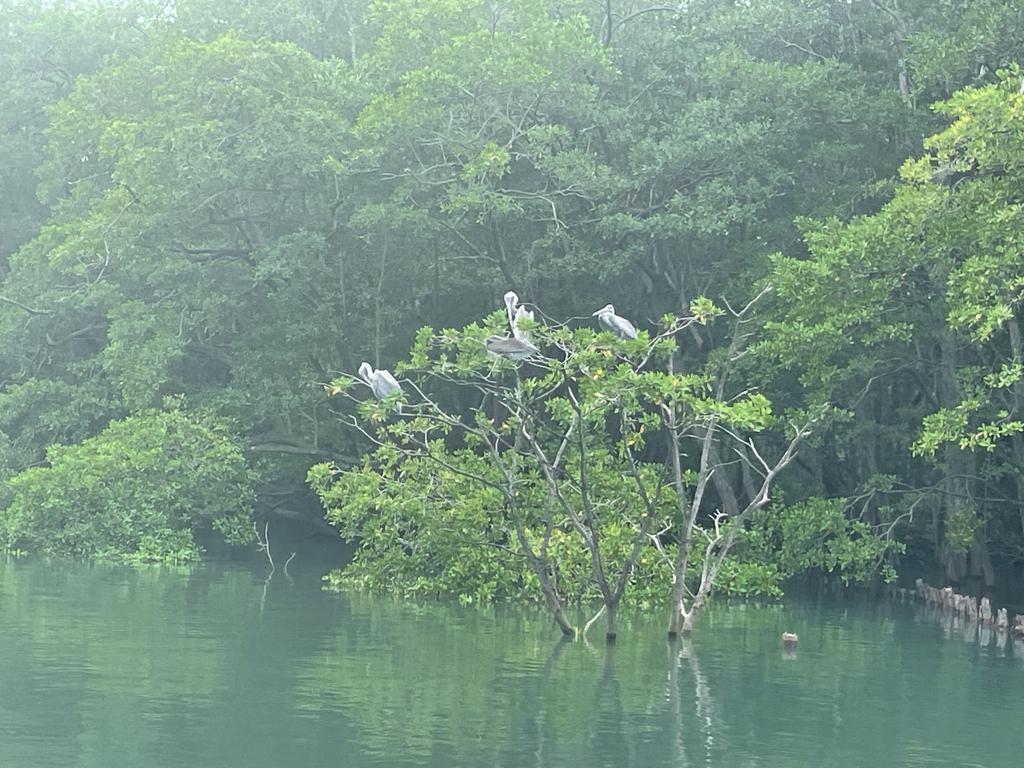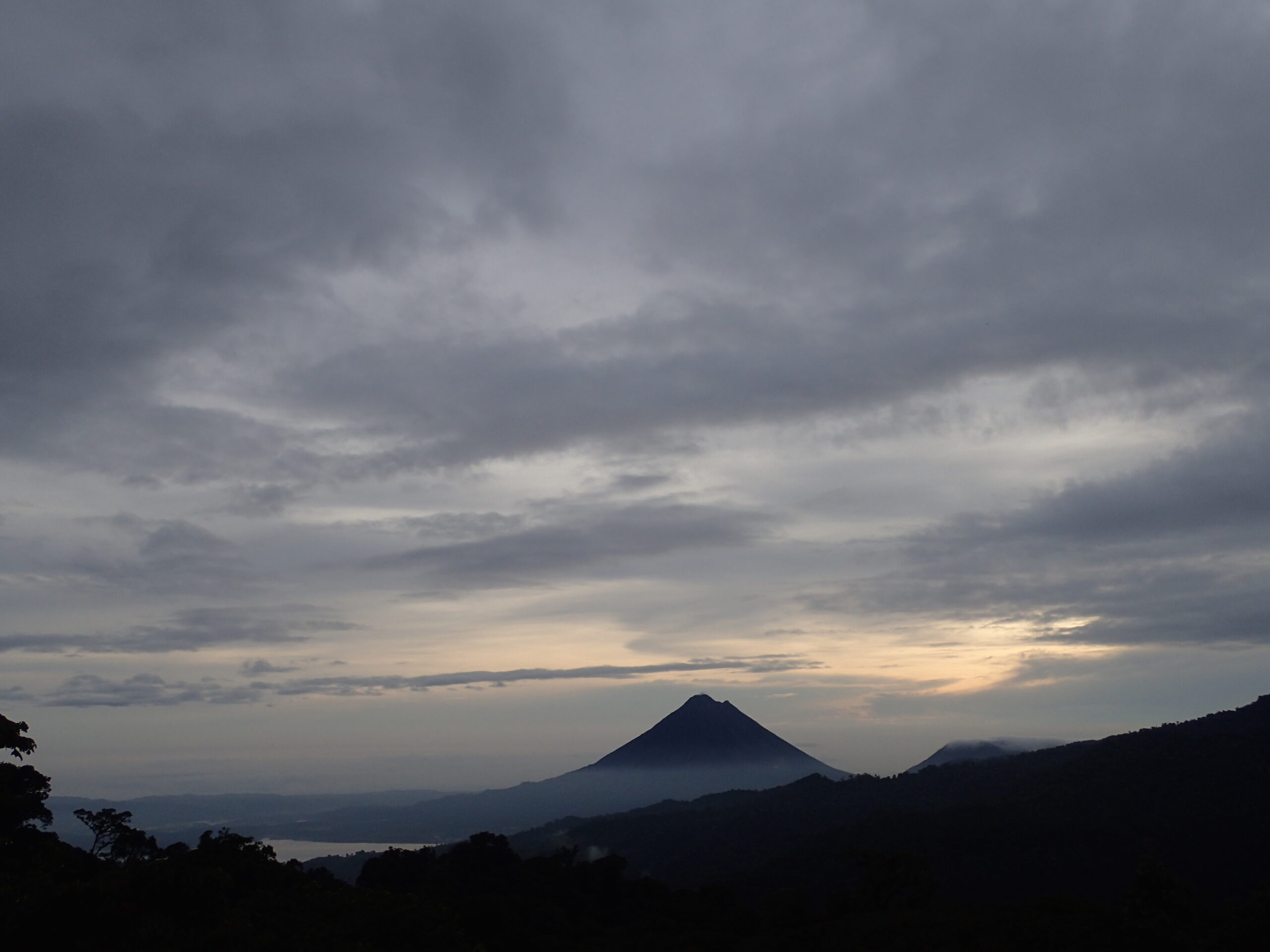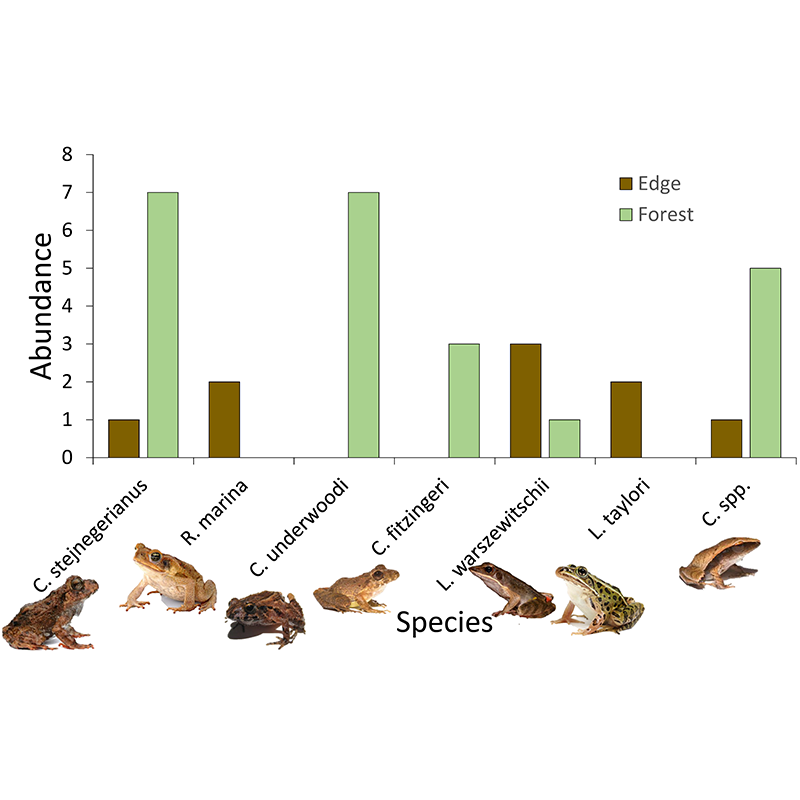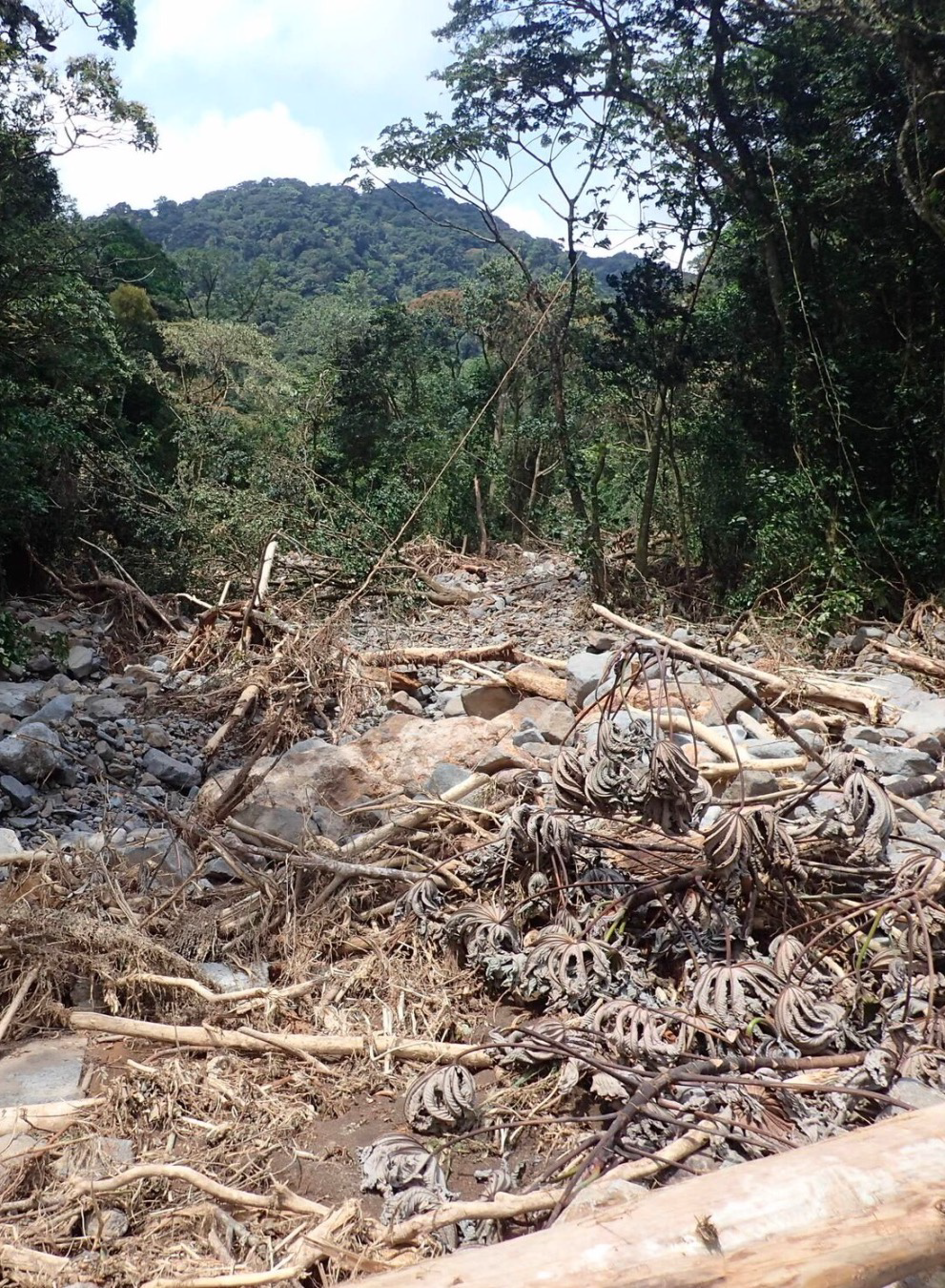Nearing the end of our program, we headed to Cuajiniquil in the Guanacaste province of Costa Rica. This town is in the Northwest corner of Costa Rica, which is primarily dry forest. While we were here, we had the chance to take a snorkel trip and a quick tour into the mangrove forests.


Our guides took us into a channel in the forest. We mainly saw red mangroves, which are the ones that have the tangled roots that characterize a mangrove forest. We saw tons of white ibis and other sea birds as we made our way through the channel. It was amazing to see the interconnectedness of this ecosystem. As we turned to leave the forest, we even saw the head of a crocodile poking out of the water.
While we toured the mangroves, Jeb and our guides taught us about their ecology and biology. Mangroves are usually thought of as being salt-loving plants, but actually have just evolved to tolerate these harsh conditions as a way to escape competition. They deal with the excessive salt in their environment by way of lenticels, small pores (similar to stomata) in their roots that let in oxygen and water and excrete salt. This adaptation helps to keep them in osmotic balance.
When we walked through the mangroves the next day, we also saw black mangroves. These have pencil roots or “pneumatophores” that stick straight out of the ground in a radius around the mangrove. These roots are commonly seen at low tide and help the mangrove spread their roots as far as possible to obtain nutrients. Jeb also taught us about the mangrove seed pods and how they are viviparous. Viviparous is a rare trait in plants and means that when the seed hits suitable soil, it can immediately take root and start sprouting, unlike other plants that require a germination period before sprouting. Seeing an entire forest of these amazing organisms was an unforgettable experience.




